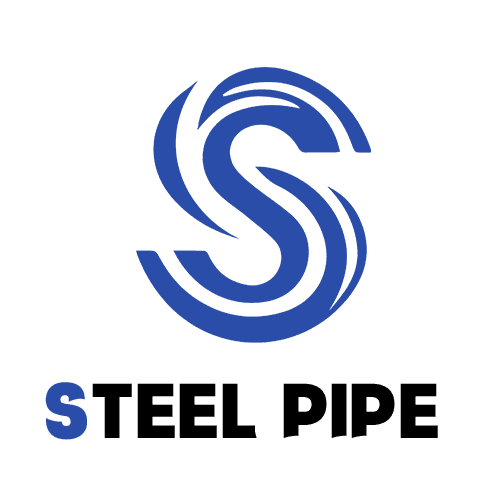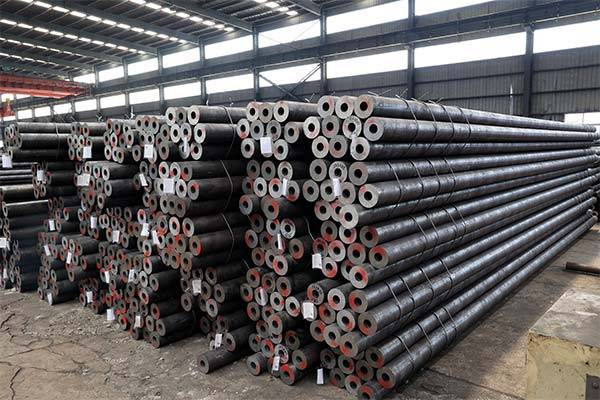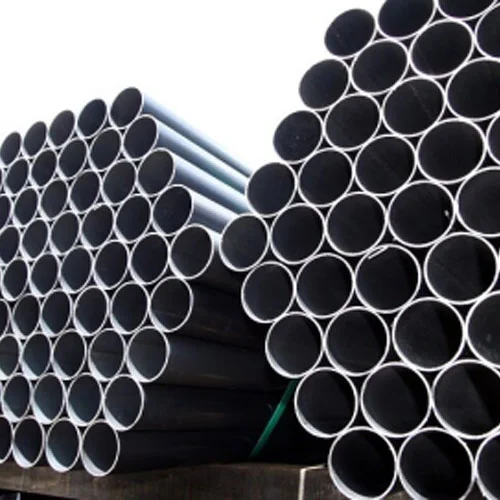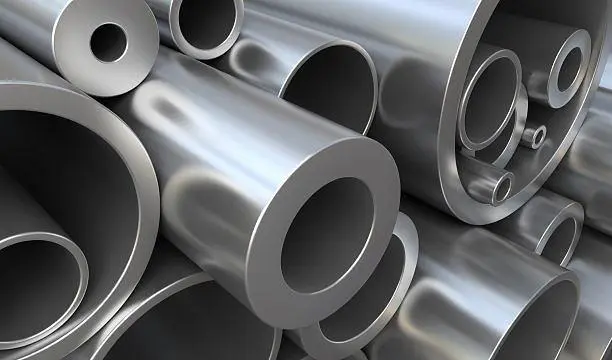مرحبًا بك في مدونتي!
قبل أن نتعمق في المحتوى، أود أن تنضموا إليّ على منصات التواصل الاجتماعي الخاصة بي حيث أشارك المزيد من الأفكار وأتفاعل مع المجتمع وأنشر التحديثات. إليك كيف يمكنك التواصل معي:
فيسبوك : فيسبوكhttps://www.facebook.com/profile.php?id=61559060896490
والآن، لنبدأ رحلتنا معًا. أتمنى أن تجدوا المحتوى هنا ثاقباً وجذاباً وقيّماً.
جدول المحتويات
مقدمة

Round mechanical tubing sizes are a critical factor in various industries, from construction and manufacturing to automotive and aerospace. Understanding the different round mechanical tubing sizes and their applications is essential for engineers, designers, and fabricators. This comprehensive guide aims to provide you with all the necessary information to select the optimal round mechanical tubing size for your specific project.
Why Round Mechanical Tubing?
Round mechanical tubing offers several advantages over other types of tubing, including:
- Strength and durability: Round tubing possesses a high strength-to-weight ratio, making it ideal for applications demanding both strength and lightweight construction.
- تعدد الاستخدامات: Round tubing can be easily bent, welded, and machined, making it a versatile material for a wide range of applications.
- التوفر: Round mechanical tubing sizes are readily available in a variety of sizes and materials, ensuring easy access to the exact product needed.
Understanding the Basics of الأنابيب الميكانيكية المستديرة
Before delving into the specific round mechanical tubing sizes, it is crucial to grasp some fundamental terms and concepts:
- Outside diameter (OD): The measurement of the tube across its widest point.
- سُمك الجدار: سُمك جدار الأنبوب.
- Gauge: A standardized system used to measure the thickness of sheet metal and tubing.
- الجدول الزمني: A designation used to indicate the wall thickness of a pipe or tube.
Factors Affecting Round Mechanical Tubing Sizes
Several factors influence the selection of round mechanical tubing sizes:
- التطبيق: The intended use of the tubing will determine the required strength, durability, and other properties.
- Load-bearing capacity: The tubing must be able to withstand the loads it will be subjected to.
- مقاومة التآكل: The material of the tubing must be resistant to the environment it will be exposed to.
- التكلفة: The cost of the tubing is an important consideration for any project.
قياسي Round Mechanical Tubing Sizes
Round mechanical tubing sizes are available in a wide range of standard sizes, typically specified by the outside diameter and wall thickness. Some common standard round mechanical tubing sizes include:
- Inches: Measured in fractional or decimal inches.
- Millimeters: Measured in millimeters.
Custom Round Mechanical Tubing Sizes
In addition to standard round mechanical tubing sizes, many manufacturers offer custom round mechanical tubing sizes to meet specific customer requirements. Custom tubing can be produced to exact specifications, allowing for greater flexibility in design and engineering.
Materials Used for الأنابيب الميكانيكية المستديرة
Round mechanical tubing sizes are available in a variety of materials, each with its own unique properties:
- الفولاذ: The most common material for round mechanical tubing, offering high strength and durability.
- الفولاذ المقاوم للصدأ: Resistant to corrosion and high temperatures.
- ألومنيوم: Lightweight and corrosion-resistant.
- النحاس: Excellent thermal and electrical conductivity.
- Other materials: Brass, bronze, and titanium are also available for specialized applications.
Tolerances for Round Mechanical Tubing Sizes
Tolerances refer to the allowable variations in the dimensions of round mechanical tubing sizes. Understanding tolerances is essential for ensuring that the tubing will fit properly in your application.
Selecting the Right Round Mechanical Tubing Size
Choosing the appropriate round mechanical tubing size is crucial for the success of your project. Consider the following factors:
- التطبيق: The specific application will dictate the necessary strength, durability, and other properties of the tubing.
- Load-bearing capacity: Ensure the tubing can withstand the weight and forces it will be subjected to.
- تصنيف الضغط: If the tubing will be used in a pressurized system, select a size that can handle the required pressure.
- Flow rate: For fluid-carrying applications, the tubing’s diameter and wall thickness will influence the flow rate.
- مقاومة التآكل: The material of the tubing should be compatible with the environment it will be exposed to.
Manufacturing Processes for الأنابيب الميكانيكية المستديرة
Several manufacturing processes are used to produce round mechanical tubing:
- Seamless tubing: Created by piercing a solid billet of metal and then drawing it through a series of dies to form a hollow tube.
- Welded tubing: Produced by joining two pieces of metal together using a welding process, such as electric resistance welding or submerged arc welding.
تطبيقات الأنابيب الميكانيكية المستديرة
Round mechanical tubing finds applications in a wide range of industries:
- البناء: Structural framing, scaffolding, and handrails.
- السيارات: Chassis frames, exhaust systems, and fuel lines.
- الفضاء الجوي: Aircraft frames, landing gear, and hydraulic systems.
- التصنيع: Machinery components, conveyor systems, and tool and die making.
- Plumbing and HVAC: Pipework, fittings, and heat exchangers.
Safety Considerations

When working with round mechanical tubing sizes, it is essential to prioritize safety:
- Proper handling and storage: Store tubing securely to prevent damage and injury.
- Personal protective equipment (PPE): Wear appropriate PPE, such as safety glasses, gloves, and protective clothing.
- Safe cutting and machining practices: Use proper tools and techniques to avoid accidents.
- Fire hazards: Be aware of potential fire hazards, especially when welding or cutting metal.
الخاتمة
Round mechanical tubing sizes are a critical component in many industries. By understanding the various factors influencing the selection of round mechanical tubing sizes and materials, engineers and designers can optimize the design and performance of their projects.
الأسئلة الشائعة
Q: What is the difference between seamless and welded tubing?
A: Seamless tubing is typically stronger and more durable than welded tubing, as it has no seams that could potentially weaken the material. However, welded tubing is often more cost-effective.
Q: How do I determine the wall thickness of أنابيب ميكانيكية مستديرة?
A: The wall thickness of round mechanical tubing sizes is typically specified in gauges or millimeters. The required wall thickness will depend on the application and the loads the tubing will be subjected to.
Q: What are the common materials used for أنابيب ميكانيكية مستديرة?
A: Common materials include steel, stainless steel, aluminum, copper, and brass. The choice of material will depend on the specific requirements of the application.




